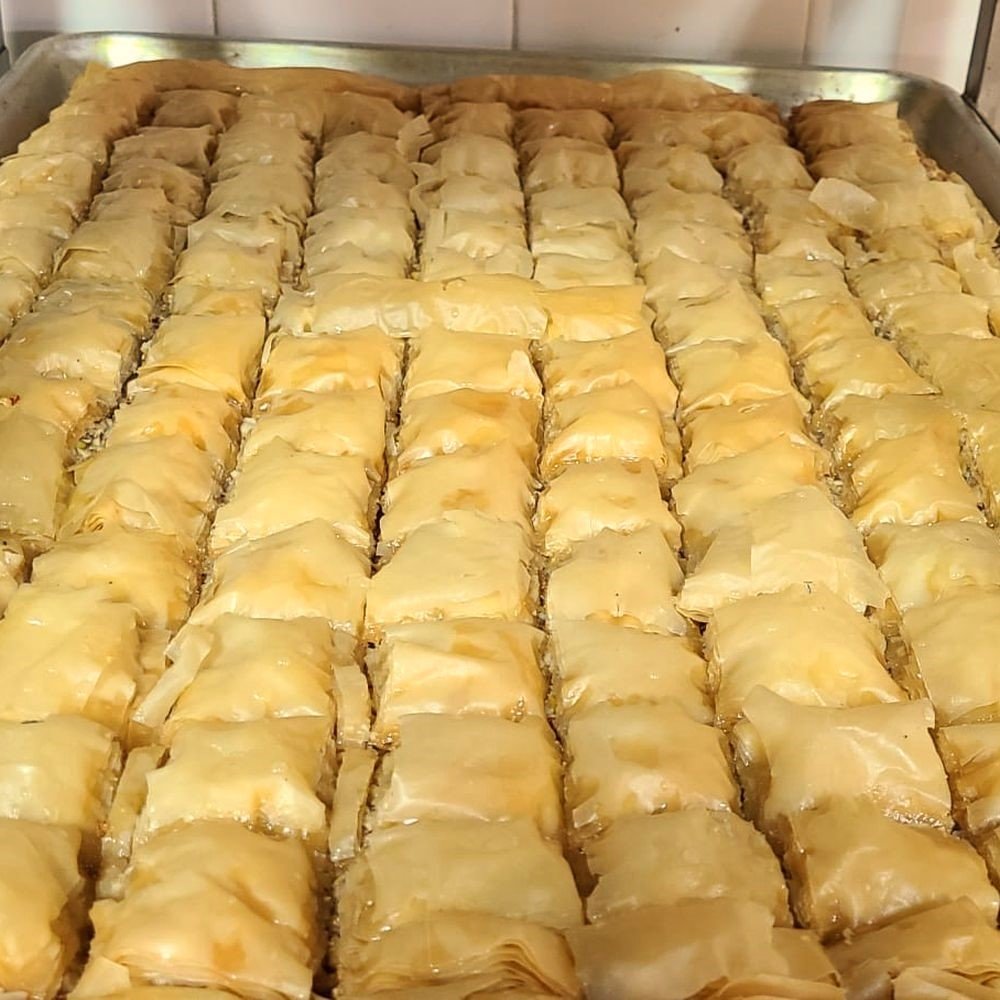7 Traditional Desserts From Around the World You Must Try
Dessert is more than just a sweet ending to a meal—it’s a window into culture, history, and tradition. From festive pastries in Europe to refreshing treats in Asia, traditional desserts often carry stories of celebration, family, and heritage.
In this guide, we’ll explore seven iconic desserts from around the world that you must try at least once. Each comes with its cultural background, preparation highlights, and real-world stories that showcase how food connects us globally.
Why Traditional Desserts Matter
Story: When traveler Emily visited Morocco, she expected to fall in love with the landscapes—but what she remembers most is enjoying chebakia (honey-coated pastries) with locals during Ramadan. That single experience taught her that desserts are more than sweets: they’re symbols of sharing and tradition.
Traditional desserts:
Celebrate holidays and milestones.
Preserve culinary heritage.
Offer a taste of cultural identity.
1. Tiramisu – Italy
Italy, known for its culinary artistry, gifted the world with tiramisu, which translates to “pick me up.”
What It Is:
Layers of espresso-soaked ladyfingers, mascarpone cream, cocoa, and sometimes a splash of liqueur.
Cultural Note: Originating in Veneto in the 1960s, tiramisu quickly became a global sensation. Italians often serve it at family gatherings and festive occasions.
Case Study: According to the Italian Academy of Cuisine, tiramisu’s rise coincided with Italy’s post-war economic boom, symbolizing indulgence and modernity.
Tip: For authenticity, use real espresso and high-quality mascarpone.
2. Mochi Ice Cream – Japan
Japanese desserts are often delicate and seasonal, and mochi is a perfect example.
What It Is:
A chewy rice cake made from glutinous rice, often filled with sweet red bean paste—or in modern versions, ice cream.
Cultural Note: Mochi plays an important role during Japanese New Year celebrations. Mochi ice cream, however, was a modern twist developed in the U.S. during the 1990s, merging East and West.
Story:A Japanese-American entrepreneur, Frances Hashimoto, popularized mochi ice cream in California, turning a traditional treat into a global dessert trend.
Tip: Try seasonal flavors like matcha, sakura (cherry blossom), or yuzu.
3. Baklava – Middle East & Eastern Mediterranean
Few desserts are as instantly recognizable as baklava.
What It Is:
Layers of thin phyllo pastry filled with chopped nuts, sweetened with honey or syrup.
Cultural Note: Baklava’s origins are hotly debated—claimed by Turkey, Greece, and the Middle East. Regardless, it’s a staple during religious holidays such as Ramadan and Easter.
Case Study: In Turkey, baklava is so important that Gaziantep baklava received EU protected status, much like Champagne in France.
Tip: Pistachio baklava from Turkey is especially famous for its rich, nutty flavor.
4. Churros – Spain
Crispy, sugary, and often enjoyed with chocolate—churros are a Spanish street food icon.
What It Is:
Fried dough sticks dusted with sugar or cinnamon, typically dipped in thick hot chocolate.
Cultural Note: Spaniards often eat churros for breakfast, especially during holidays or after late-night festivities. They’ve since spread to Latin America, where variations include dulce de leche fillings.
Story: In Madrid, Chocolatería San Ginés has been serving churros con chocolate since 1894. It’s become a pilgrimage spot for dessert lovers worldwide.
Tip: For authenticity, pair churros with chocolate caliente—thicker than American hot cocoa.

5. Gulab Jamun – India
India’s festivals are incomplete without gulab jamun.
What It Is:
Soft, fried milk-solid balls soaked in rose-flavored sugar syrup.
Cultural Note: Commonly served during weddings, Diwali, and Eid, gulab jamun is a dessert of celebration and hospitality.
Case Study: A restaurant chain in Mumbai reported that gulab jamun outsells every other dessert, proving its cultural dominance.
Tip: Enjoy warm gulab jamuns with a scoop of vanilla ice cream—a modern twist that’s become popular across India.
6. Pavlova – Australia & New Zealand
This airy dessert has sparked friendly rivalry between two nations.
What It Is:
A crisp meringue shell with a soft marshmallow-like center, topped with whipped cream and fresh fruit.
Cultural Note: Both Australia and New Zealand claim its invention in honor of Russian ballerina Anna Pavlova’s tour in the 1920s.
Story: Pavlova is a Christmas favorite in both countries, often decorated with kiwi, strawberries, and passionfruit. It reflects how global influences shape local traditions.
Tip: Use fresh seasonal fruit to balance the sweetness of the meringue.
7. Tres Leches Cake – Latin America
A moist, decadent cake beloved across Latin America.
What It Is:
Sponge cake soaked in three kinds of milk—evaporated, condensed, and heavy cream.
Cultural Note: Popular in Mexico, Nicaragua, and beyond, tres leches cake is often served at birthdays and family gatherings.
Case Study: According to Smithsonian Magazine, Nestlé’s marketing campaigns in the 20th century helped popularize canned milk recipes, which contributed to tres leches becoming a Latin American staple.
Tip: Garnish with fresh whipped cream and berries for a lighter finish.
How Traditional Desserts Connect Cultures
Desserts are more than recipes—they’re stories shared across generations. From street stalls in Spain to wedding feasts in India, sweets carry meaning.
Real-Life Example: Food tourism companies now design entire dessert tours—from sampling baklava in Istanbul to churros in Madrid—because travelers crave cultural connection through taste.
Tips for Exploring Global Desserts at Home
Start Simple – Choose recipes with easy-to-find ingredients like churros or tres leches.
Source Authentic Ingredients – Specialty stores or online shops carry unique items (like rose water for gulab jamun).
Involve Family – Cooking traditional desserts together doubles as cultural education.
Balance Tradition and Innovation – Try classic recipes first, then add modern twists.

Conclusion
From Italy’s velvety tiramisu to India’s syrupy gulab jamun, traditional desserts bring more than sweetness to the table. They’re an invitation to explore cultures, history, and shared human joy.
So, the next time you want dessert, skip the supermarket cake—travel the world through your taste buds instead.
References
Italian Academy of Cuisine – History of Tiramisu
BBC Good Food – Japanese Mochi Recipes
Smithsonian Magazine – The Story of Tres Leches Cake
Gaziantep EU Protected Status Report – Baklava Recognition
Food & Wine – History of Churros
The Hindu – Gulab Jamun in Indian Festivities
New Zealand History – Origins of Pavlova
Harvard T.H. Chan School of Public Health – Cultural Foods and Nutrition
National Geographic – Food as Cultural Identity
TasteAtlas – World’s Most Beloved Desserts
